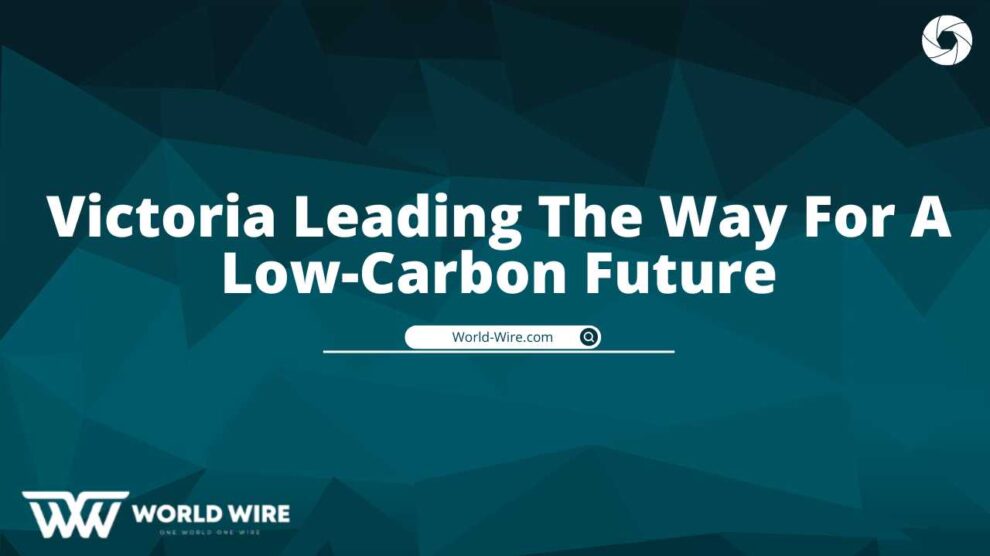The Australian government’s cap-and-trade system has helped the South Australian state of Victoria become the first in the world to successfully inventory the amount of carbon stored in its public forests, parks, and reserves.
According to Victoria Environment and Climate Change Minister Gavin Jennings, “this new information will allow Victorian landowners enter the carbon market, locate reforestation opportunities, and quantify carbon on their own land.”
Mr. Jennings encouraged his own government to take into account this new information regarding the carbon storage and emissions from public land in the design of Australia’s Carbon Pollution Reduction Scheme and during the international climate change negotiations in Copenhagen in December by releasing the research in Los Angeles at the California Governor’s Climate Change Summit.
According to the modelling findings, Victoria’s public lands could store 3,031 million (U.S.) tonnes of carbon dioxide, or 23 years’ worth of the state’s entire greenhouse gas emissions.
The Commonwealth’s planned Carbon Pollution Reduction Scheme, according to Mr. Jennings, has the full backing of the Victorian Government. We will be better able to plan future forestry efforts in Victoria if we measure our state’s carbon emissions using the Commonwealth’s planned carbon accounting system.
The Vic LandCarbon project explores how amounts of carbon stored on public land are impacted by wildfire, fuel-reduction burning, and harvesting.
In the past, we have calculated the carbon dioxide emissions from large-scale bushfires, but today, Mr. Jennings continued, “we can identify how much carbon is emitted by bushfires in comparison to the carbon that is caught throughout the regeneration process.”
Victoria officials now know that carbon dioxide emissions from the February 2009 bushfires on public land topped 9.4 million (U.S.) tonnes thanks to this modelling, which was done for the first time in Australia.
Mr. Jennings said, “The modelling also reveals that over the previous decade, bushfires in Victoria have released over 70 million tonnes (77 tonnes) of carbon dioxide.”
According to the findings, planned burning can, over time, diminish the intensity of bushfires and the quantity of emissions they produce.
In order to promote green jobs and future investment in carbon storage on both public and private property, the Victoria government is developing information and science to take into account the carbon asset of its public land.
The state of Victoria’s woods, according to Mr. Jennings, “will continue to provide the resources we depend on, such as timber, biodiversity, and recreation, while decreasing the state’s carbon footprint to ensure a healthy future.”
Visit www.climatechange.vic.gov.au for further details.

Subscribe to Email Updates :







Add Comment